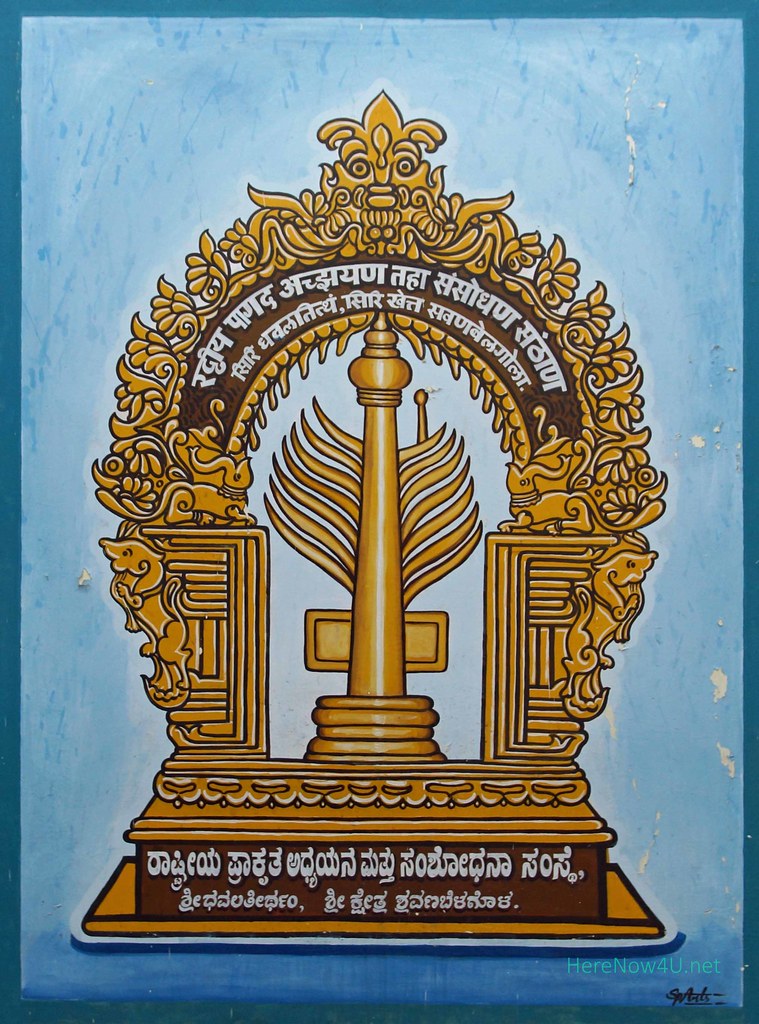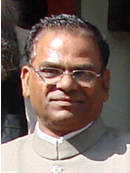
National Institute of Prakrit Studies and Research
The Heritage of Prakrit Studies
The heritage of Prakrit is an invaluable treasure of India. Innumerable works have been written in Prakrit for over 2500 years. These works in various fields of learning have greatly contributed to this treasure. The Prakrit language has a very significant place among the ancient languages of India. In the gradual development of Indian languages Prakrit has been related to almost all the languages in some form or the other.
The canonical literature is very valuable as besides the teachings of Mahavira and his disciples, it contains social and cultural material unknown from Sanskrit or Pali sources. It is also important from the point of view of the history and development of Indo-Aryan languages. Digambaras have their own tradition about their canonical literature. It is stated that Dharasena (between 613-783 years of Viranirvana, i.e. between 86-156 AD) knew a part of the 12 Angas. When he was practicing penance at Girnar, he called two young talented monks from the country of Andhra for imparting them the knowledge of the Purvas. The monks Puspadanta and Bhutabali arrived and were imparted instructions in a portion of the Purva texts incorporated in the Dristivada and in a part of the Vivahapannatti (Vyakhyaprajnapti). Later they composed the Chakkhandagama (Satkhandagama).
From the 2nd to the 6th Century AD a number of important commentaries were written on the Satkhandagama text, which unfortunately are not available. The most important available commentary on this text is the Dhavala (completed in 816 AD) by Acarya Virasena. Acarya Gunadhara, a contemporary of Dharasena, was another renowned Digambara scholar, equipped with the knowledge of a portion of the 12 angas. He is the author of the Kasayapahuda (Kasayaprabhrta).
Prakrit developed very gradually. By the first centuries of the Christian era Prakrit began to be respected from the cottages of the villages to the assemblies of courts, so much so that it was adopted as a powerful medium of communication in the society. By compiling the gathas of various Prakrit poets in his Gathasaptsati, the great poet Hala made Prakrit a language which can be used not only to depict village life but also for aesthetics. Kalidasa and other distinguished poets gave a prominent place to the role of Prakrit speakers in their dramas because of the attraction of the common people towards the Prakrit language.
Jaina Works on Scientific subjects:
Jaina literature not only satisfies the interests of the common man, but also his desire for knowledge. Apart from Prakrit works on poetry, narratives, the Jaina canon and philosophy, there are innumerable secular writings in Prakrit and other languages on grammar, metre, lexicography, mathematics, astrology and music, and other subjects as well. This kind of literature contains various new insights with regard to the knowledge and wisdom of Indian literature.
Importance of Jaina Granth Bhandars:
Grantha Bhandars are the ealier literary institutions of the country. The Grantha Bhandars were the literary centres in true sense, so a history of past one thousand year can be reconstructed also on the basis of the material found in the Jaina Grantha Bhandars. The Grantha Bhandars are not only the treasure houses for the books written by the Jaina writers but they are also the good centres for the manuscripts written by the scholars other than Jaina.
 Prof. Dr. Prem Suman Jain
Prof. Dr. Prem Suman Jain